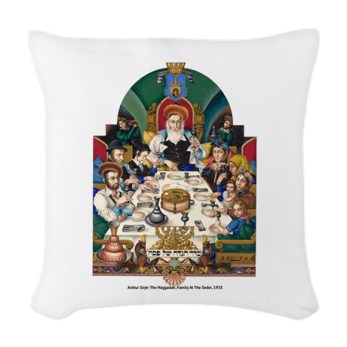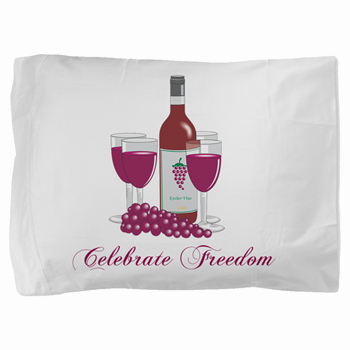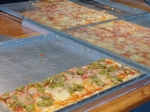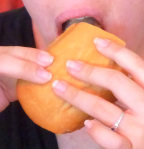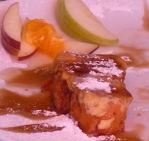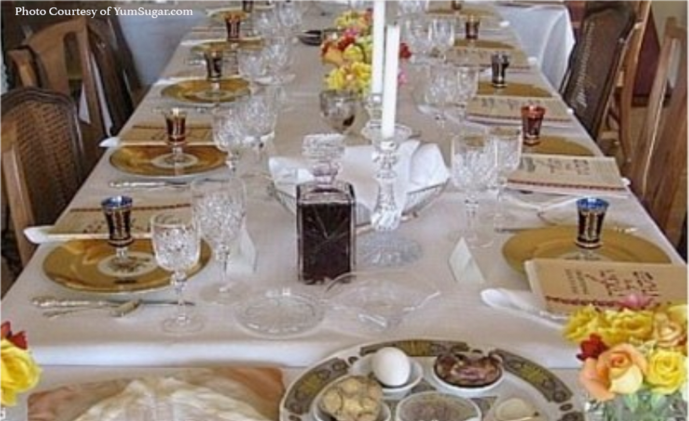
Passover is almost here. The first seder is on the night of March 30, 2018. To help you understand Passover ,or Pesach as it’s known in Hebrew, better we have compiled a list of general questions and answers. Hope they answer some of the questions you had about Passover.
Q. What is the story of Passover?
A. Passover, known in Hebrew as Pesach, commemorates the emancipation of the Jews from slavery in Egypt and their Exodus from Egypt, led by Moses, in 1313 BCE. It also celebrates their miraculous deliverance at the Red Sea from the Egyptian army who pursued them.
Q. Why is Passover so important?
- Passover is very important to the Jews since it marks the emancipation of the Jews and the beginning of their nationhood.
Q. Where is the story of Passover mentioned in the Bible, or Torah?
A. Exodus- 1-15.
Q. What are the dates of Passover in 2018?
A. Passover begins at sundown March 30 and ends nightfall April 7.
Q. How are the dates of Passover determined?
- The dates of Passover, similar to all other Jewish Holidays, are determined by the Jewish calendar which is a lunar calendar. Passover always begins on the fourteenth day of the Hebrew month of Nissan. Due to the discrepancies between the lunar and solar calendars, Passover falls on different days of the Gregorian solar calendar each year.
Q. Can Passover fall on the Sabbath?
A. Yes. And this year, 2018, Passover begins on Friday night, March 30, which is also the start of the Jewish Sabbath.
Q. Where is Passover celebrated?
A. It is celebrated by Jews throughout the world in their homes and synagogues.
Q. Where did Passover get its name?
- During the last of the ten plagues,- the slaying of the first born-the Lord “passed over” the homes of the Jews which they had marked with pascal blood on their doorposts and its lintels.
Q. When is the Seder Held?
- The seder is held on the first two nights of Passover, this year March 30 and March 31 (In Israel, only one seder is held; this year on March 30.)
Q. How many days is Passover celebrated?
- Passover is celebrated for eight days (seven in Israel.)
Q. Why is Passover celebrated for seven days in Israel and eight days everywhere else?
A. The Jewish calendar is a lunar calendar. In Temple times, it was set monthly based on sightings of each new moon. The presence of the new moon was communicated to the many Jews living further away -e.g. Persia, by means of a system of smoke signals. It would take time for all Jews to be notified of the sightings, sometimes even a day later. To ensure all Holidays would be observed at the proper time, one day was added to each festival just in case. However, in Israel, Jews knew when the new moon was sighted, so they did not observe the additional day. By the Fifth century, a permanent calendar was developed which was independent of new moon sightings. This is the calendar used today. But the tradition of the additional day for those living outside of Israel is maintained.
Q. Which days of Passover are most important?
A. The first two days and the last two days (first day and last day in Israel
), since on these days Jews must desist from work.
Q. How has the celebration of Passover changed over the years?
- In the afternoon before the Jews left Egypt, they sacrificed a lamb, roasted it and ate it in the evening together with matzah (unleavened bread) and bitter herbs. The first year after the exodus, when the Jews were wandering in the desert, Passover was also celebrated this way. However, the next time Passover was celebrated this way was after the Jews had conquered Israel and taken possession of the land. The eating of the sacrificial lamb continued annually while the two Temples stood. Afterwards, the rabbis established the Passover seder which is now held on the first two nights of Passover. Only the Samaritans still practice the ritual of the sacrificial lamb today.
Q. How is Passover observed today?
- Jews observe Passover today by eating Matzah during Passover, avoiding leaven and holding seders commemorating the emancipation from Egypt, which include the drinking of four cups of wine, eating Matzah and bitter herbs and retelling the story of the Exodus.
Q. Why do Jews eat Matzah during Passover?
A. The Bible, Torah, commands Jews to eat Matzah during Passover to commerate the Matzah which they ate while fleeing Egypt. They had planned to eat bread, but they left in such a hurry that the dough did not have time to rise. Matzah was also the food given to them as slaves and the food eaten on the night before the Exodus.
Q. Why don’t Jews eat leaven, flour with yeast, during Passover?
Passover gifts? The Torah, Bible, says in Exodus 12:14-17 that to commemorate the Exodus, Jews should observe the festival of Passover by removing leaven from their homes before the festival and eating only unleavened bread during the festival.
Looking for Passover gifts? Check out JewTee’s Passover:bibs, onesies t shirts, sweatshirts, jerseys, kids tees, bibs, onesies, hats, mugs, aprons, seder pillows, tote bags cards, and even dog shirts here.


